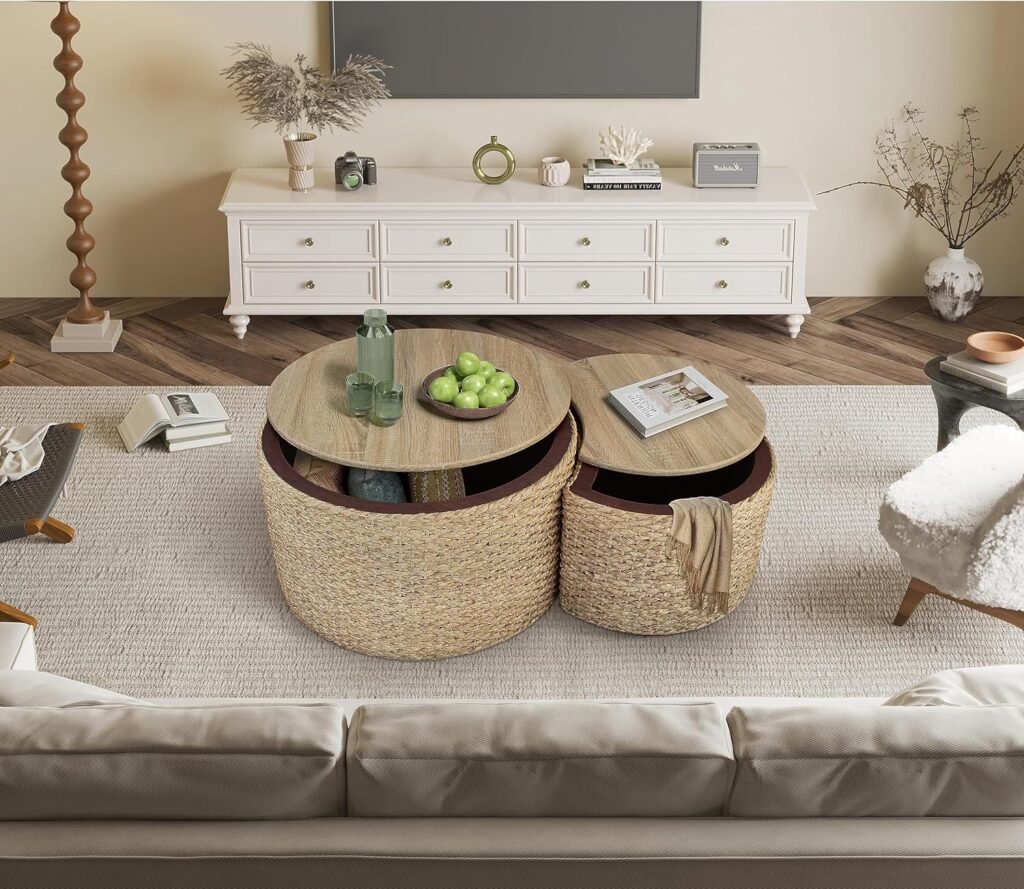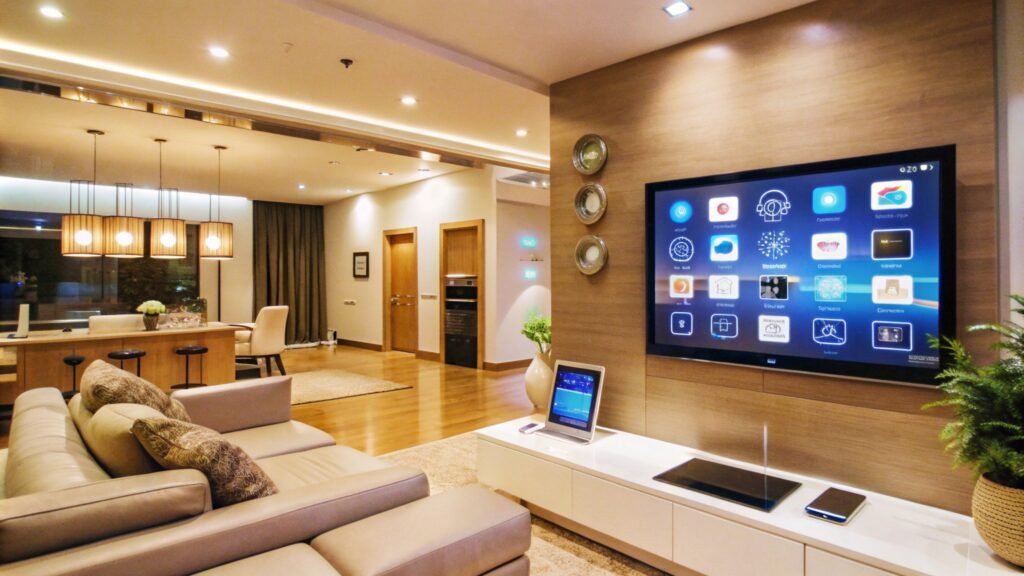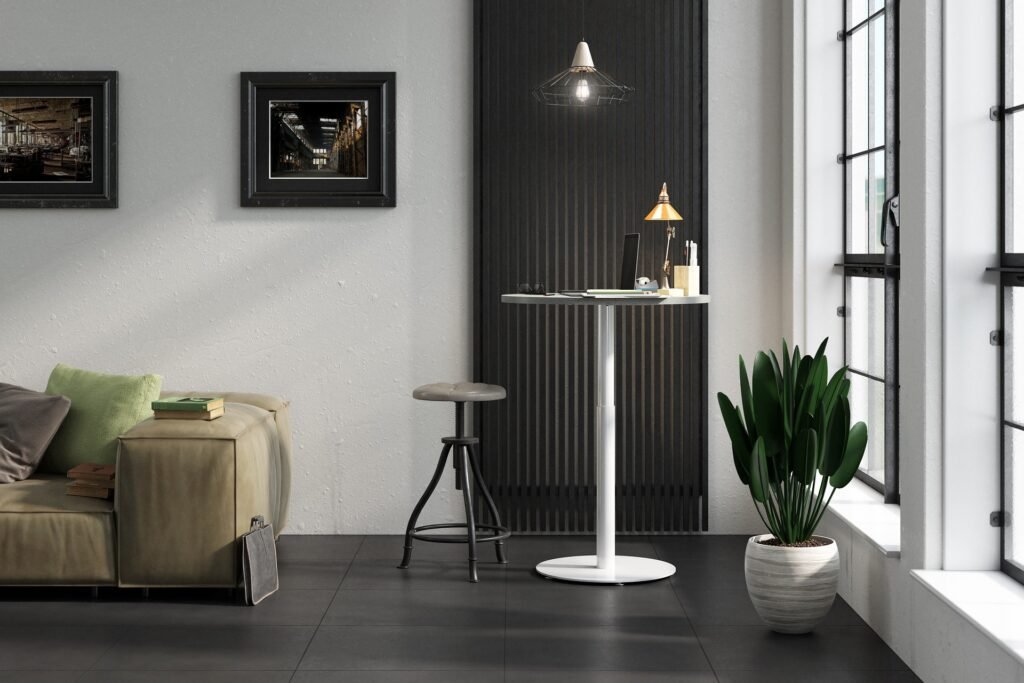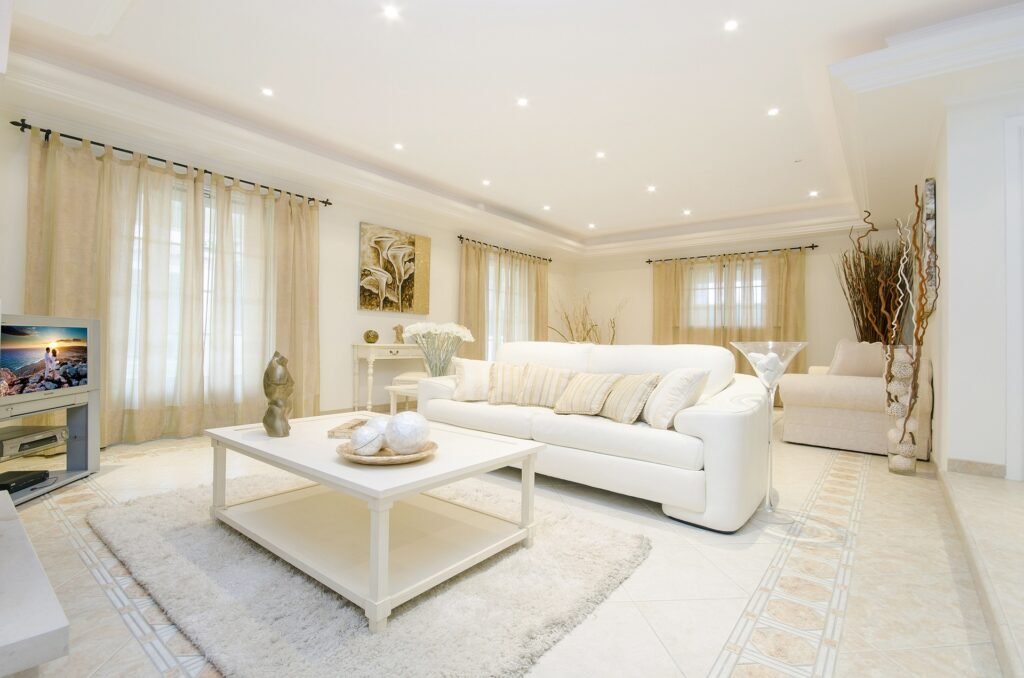Minimize Clutter with Hidden Storage Options
Why Hidden Storage is a Game-Changer for Your Home A clutter-free home isn’t just about looks—it’s about feeling good in your space! Hidden storage is the secret weapon to achieving that calm, organized vibe without sacrificing style. When everything has its place, you’ll feel more relaxed, focused, and ready to tackle the day. Messy rooms can be overwhelming, but clever storage solutions can help you regain control and make your home feel like a peaceful retreat. When your things are neatly tucked away, distractions disappear, and suddenly, it’s easier to focus on work, hobbies, or simply enjoying time with family. Imagine living in a space where you can breathe easier, knowing that your home is stylish and organized, thanks to hidden storage gems like under-bed drawers or built-in cabinets. Not only does hidden storage keep things tidy, but it also elevates the overall look of your home. Clean, clutter-free spaces naturally feel bigger and more inviting. By investing in smart storage solutions, you can create a beautiful home that’s both functional and fabulous. Top Hidden Storage Ideas for Every Room Tidy spaces are all about smart organization, and hidden storage can be a lifesaver! Let’s explore some easy-to-implement options for each room. 1. Multi-Functional Furniture Ottomans with Storage: These double-duty pieces can be used as seating or footrests, while also providing storage for blankets, books, or miscellaneous items inside. Look for ones with removable tops for easy access. Storage Beds: Maximize the often-underutilized space under your bed. Some bed frames come with built-in drawers or lift-up platforms where you can store extra bedding, seasonal clothing, or shoes. Convertible Coffee Tables: Many modern coffee tables come with hidden compartments or lift tops that reveal storage underneath, perfect for keeping remotes, magazines, or games out of sight. 2. Built-in Storage Solutions Built-in Shelving: Wall-mounted shelves that blend seamlessly with the room can add storage without taking up any floor space. Built-ins around the TV or in unused corners are perfect for storing books, decor, or everyday items in a way that looks intentional. Recessed Wall Storage: If you’re up for a small renovation, consider adding recessed shelves or cabinets between wall studs. These hidden spaces are great for small items like toiletries in bathrooms or books in living rooms. 3. Furniture with Hidden Compartments Sofa Armrest Storage: Some sofas feature armrests with built-in storage compartments, ideal for storing things like remote controls, charging cords, or reading glasses. Storage Chairs: Armchairs with removable cushions or hidden compartments underneath can be used for stashing away extra throw blankets or books. 4. Under-Furniture Storage Under-bed Storage Bins: If you don’t have a storage bed, opt for low-profile storage bins that can slide easily under your existing bed. Choose ones with lids to keep dust out. Sofa Skirt Storage: If your sofa has a long skirt, you can discreetly slide storage boxes underneath to store extra pillows, linens, or even kids’ toys. 5. Hidden Closet Storage Behind-the-Door Racks: The back of doors, especially in closets or bedrooms, can be a hidden storage gem. Install over-the-door racks for shoes, accessories, or cleaning supplies. Hanging Organizers: Use hanging organizers in closets or wardrobes to store smaller items like scarves, hats, or belts. This not only keeps things tidy but also frees up shelf and drawer space for larger items. Closet Shelving with Curtains: If you don’t have enough closed storage, consider adding open shelves to your room and hiding them behind stylish curtains. This gives the appearance of a more minimal space while keeping clutter out of sight. 6. Nesting Furniture Nesting Tables: Use nesting tables that can be tucked away when not in use, saving floor space and giving you flexibility in the room layout. You can also use one as a side table and hide smaller items underneath. 7. Pull-out or Foldable Desks Foldable Wall Desks: If you’re working with an extremely small space, consider a foldable wall-mounted desk that you can tuck away when not in use. This not only clears the floor but also helps maintain a minimalist aesthetic. Pull-out Surfaces: Some sideboards and shelving units have pull-out sections that can serve as extra workspaces, dining areas, or serving stations. When you’re done, you can simply push them back into place. 8. Staircase Storage Under-Stair Drawers: If your small room includes a staircase, make use of the space underneath. Built-in drawers or cupboards beneath stairs can be a great hidden storage solution for shoes, cleaning supplies, or extra linens. Tread Storage: In more innovative designs, stair treads themselves can double as hidden drawers, providing storage without taking up additional space in the room. Keep Hidden Storage Organized Hidden storage is fantastic, but it can easily become a dumping ground if you’re not careful. Regular decluttering is key! Every few months, check what you’ve stored away, keeping only what you truly need. Labeling bins or shelves makes finding things a breeze and encourages everyone to keep the space tidy. Scheduling regular clean-ups—whether monthly or quarterly—helps you stay on top of things. Make it a family activity and create a team effort to keep your home feeling organized and stress-free. By embracing hidden storage and making it a regular part of your routine, you’ll create a home that’s not only more functional but also more enjoyable to live in. Your space will feel more open, welcoming, and designed just for you.
Minimize Clutter with Hidden Storage Options Read More »





